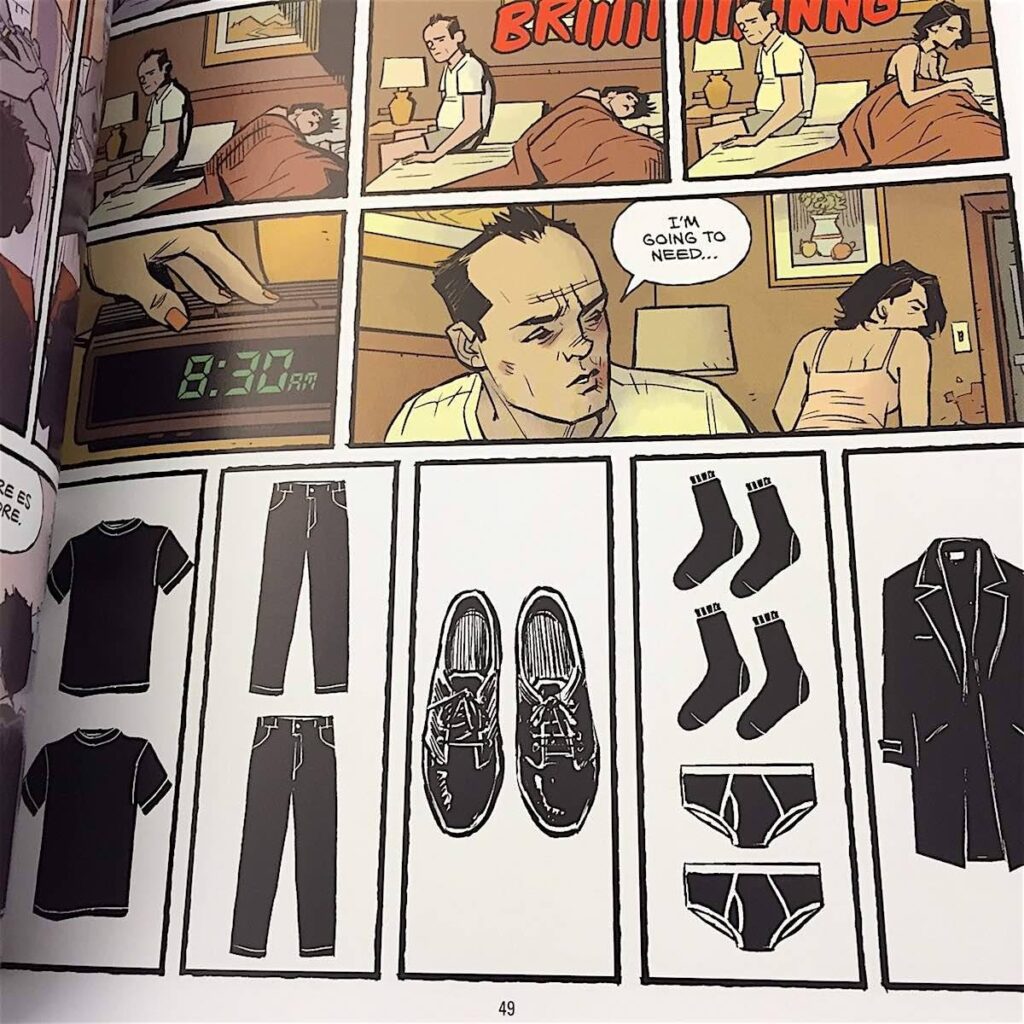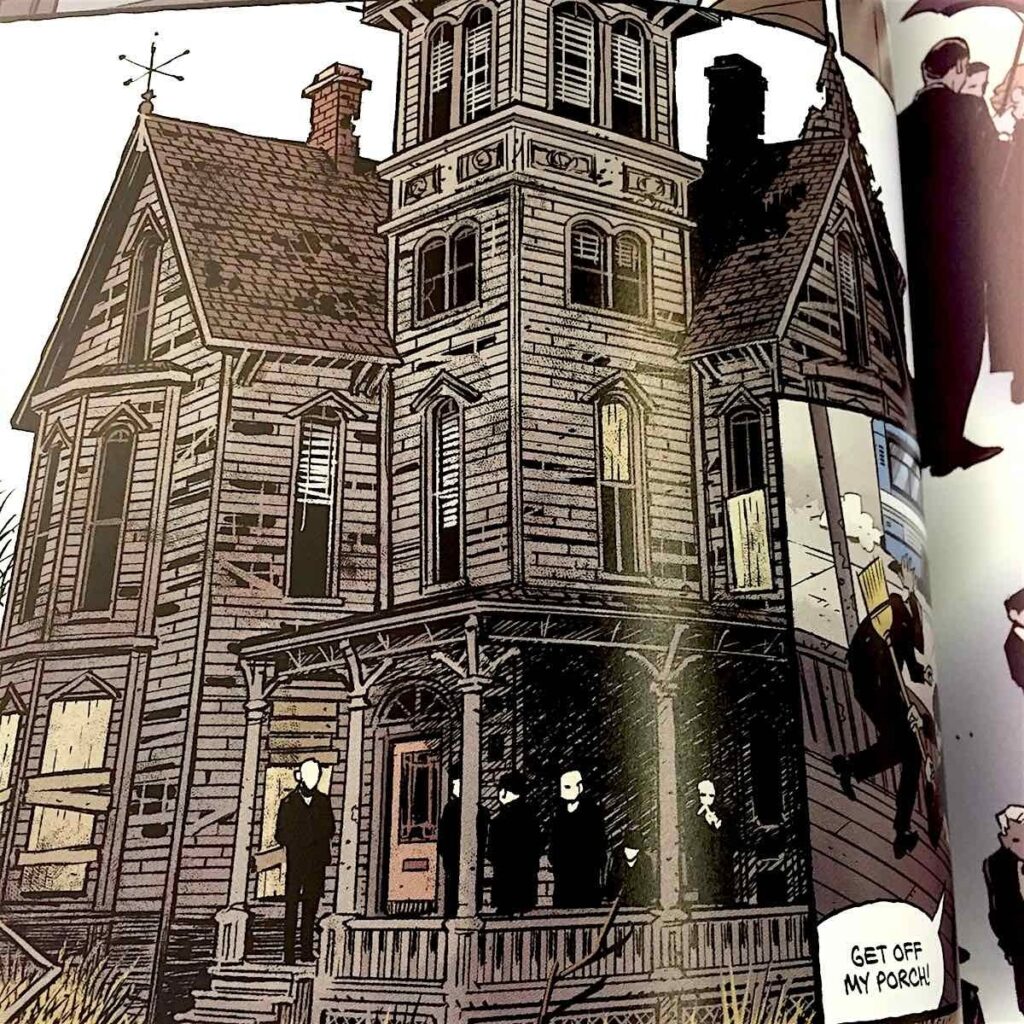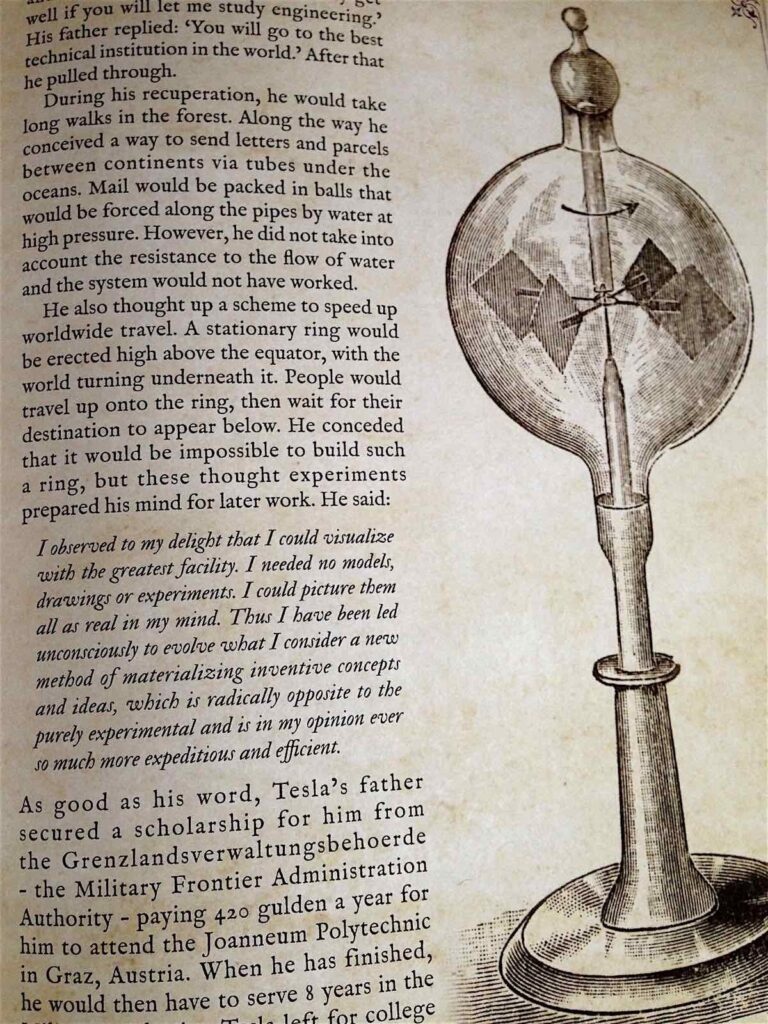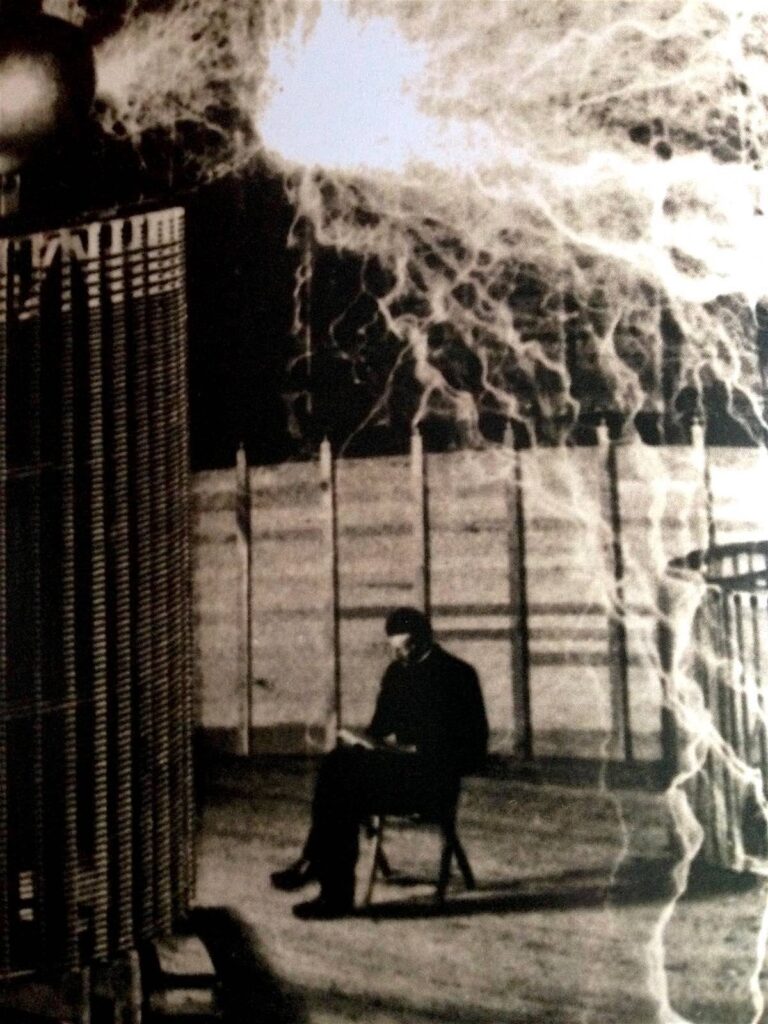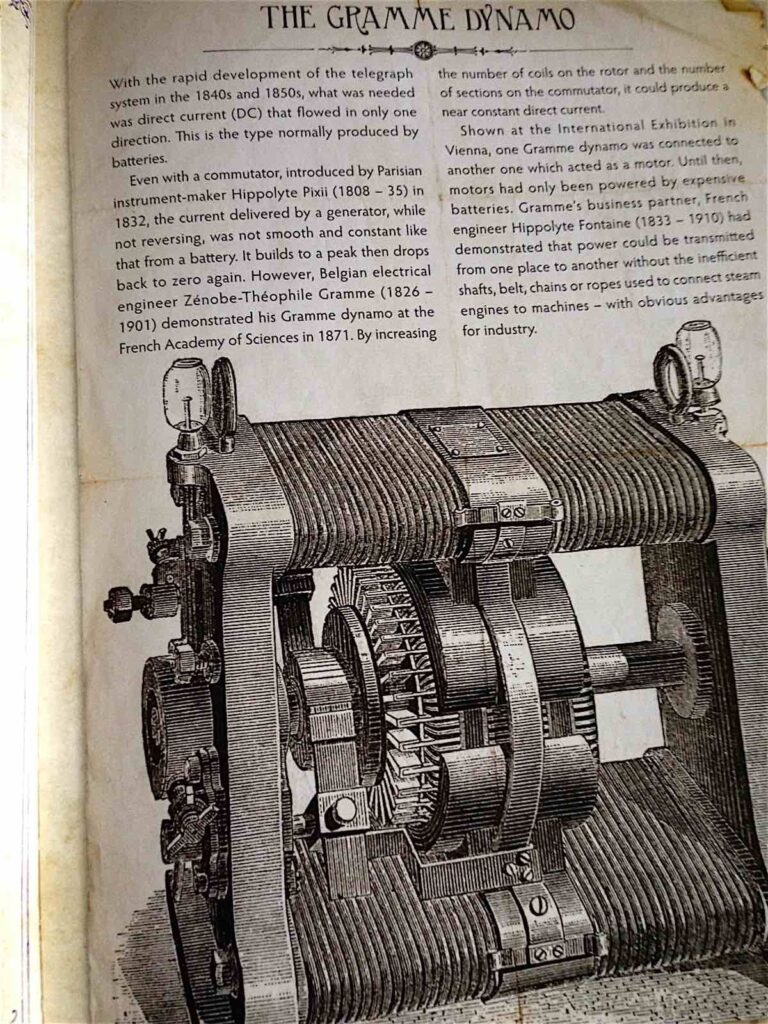Carroll Smith’s Nuts, Bolts, Fasteners and Plumbing Handbook
How to use fasteners
The late Carroll Smith built race-cars. When it comes to high-performance fasteners, he’s the man. He explains how teensy little threads on a bolt can hold together several tons of speeding metal, and how they can fail. And why and how pop rivets work, or not. If you build anything that absolutely must not come apart, this is your reference.
01/26/04Excerpt
All conventional rivets are grip length critical - the length of the rivet relative to the thickness of the work is almost a fixed dimension. The rule of thumb is that the length of the rivet under the head should be 0.9 to 1.4 times the thickness of the work. If the rivet is too short, there is not enough material to form a satisfactory blind side (shop-formed) head. If it is too long it won't upset properly either, and will look messy to boot. The critical nature of rivet length combined with the various thicknesses of materials to be joined means stocking a bunch of different length rivets - which tends to be a pain.
*
The Avdell Corporation has a device called the Avex rivet, which neatly solves this problem. Some genius designed this rivet so that the upsetting process begins at the blind side work face rather than at the end of the rivet. The result is that one length of the rivet covers a wide range of work thicknesses. It is a relatively strong, efficient, good looking and convenient rivet. Purchased in lots of 1,000, it is also inexpensive (about three cents each for 1/8 in. diameter dome-headed rivets at the time of writing). I use nothing else for nonstructural applications. You will be amazed at how little time it takes to use up 1,000 rivets.
Homemade rivet squeezer
The basic blind rivet. Pictured is Cherry Commercial Fasteners Cherry nail rivet.
Carroll Smith's Nuts, Bolts, Fasteners and Plumbing Handbook Carroll Smith 1990, 223 pages $22 MBI Publishing Osceola, WI









